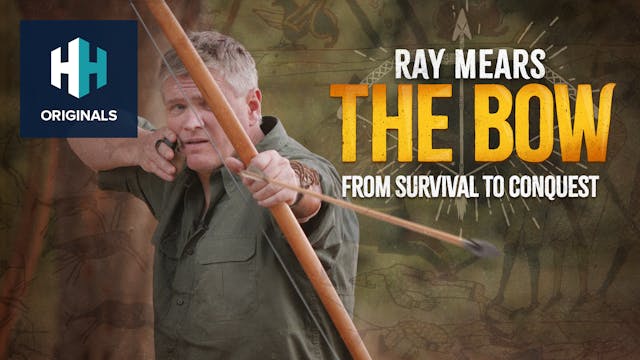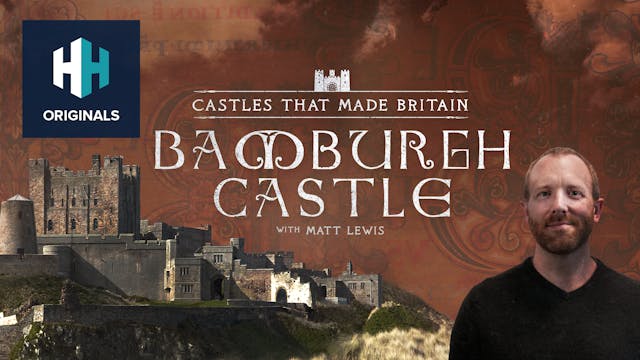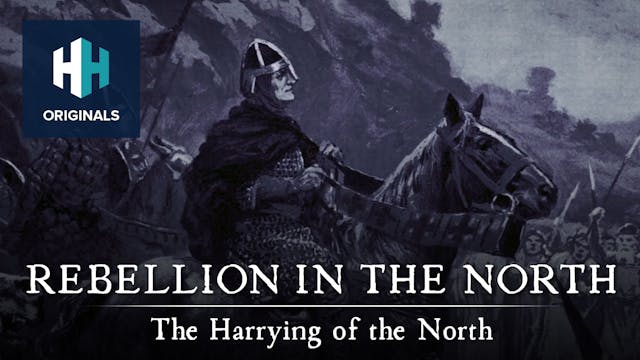One of the world's most famous and well-preserved pieces of medieval embroidery, the 70-metre-wide Bayeux Tapestry depicts the events leading up to the Norman conquest of England concerning William, Duke of Normandy, and Harold, Earl of Wessex, later King of England, culminating in the Battle of Hastings.
To this day, the tapestry remains one of the most valuable sources historians can analyse when understanding the events that led up to the Battle of Hastings, and the battle itself - which saw the Anglo-Saxon shield wall final succumb to the might and shrewd strategy of William’s Norman Army and King Harold being struck by an arrow in the eye…or so it seems…
In this documentary Professor Michael Lewis and Dr Emily Ward dissect the nuanced and, at times, controversial history of the Bayeux Tapestry and what it means to audiences today.
Up Next in 1066 Collection
-
Ray Mears, The Bow: From Survival to ...
The oldest known evidence of the use of the bow comes from South Africa, where microliths, believed to be arrowheads dating from around 70,000 years ago, have been found.
Evidence of humans' use of the bow can be found all over the world, from cave art in Algeria that shows a man shooting a slig...
-
Castles That Made Britain - Bamburgh ...
Castles have loomed over the landscape of Britain for centuries. They hold the keys to unlocking some of the greatest stories of our past.
Join History Hit's medieval expert, Matt Lewis, in this new series as he explores some of Britain’s most iconic castles. It is a spectacular journey to some...
-
Rebellion in the North: The Harrying ...
In the winter of 1069–70, William the Conqueror waged a series of military campaigns to subjugate northern England, where the presence of the last Wessex claimant, Edgar Atheling, had encouraged Anglo-Danish rebellions.
In Part 1 of this three part series, Daniel Gray explores the context behind...




13 Comments